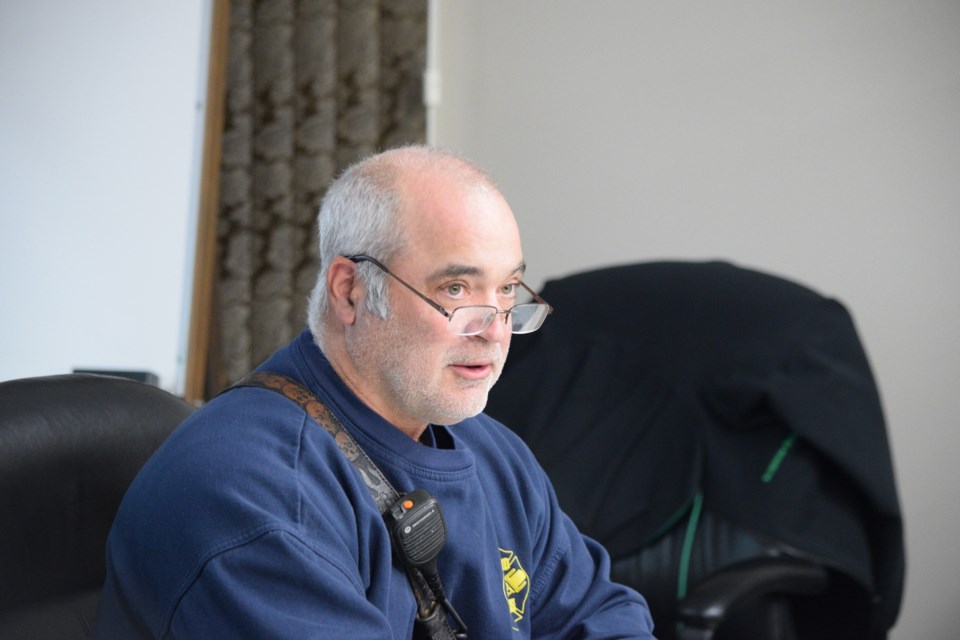BARRHEAD - Three Barrhead Regional Fire Services (BRFS) firefighters may soon return home from the firefighting efforts in the Northwest Territories.
That is what BRFS fire chief Gary Hove told County of Barrhead councillors on Sept. 5 as part of his quarterly report.
About two weeks ago, deputy fire chief Ted Amos and fire captains Craig Plitt and Jesse Whitney left Barrhead with a fire engine in tow to aid firefighting efforts in Yellowknife, NWT.
About a month ago, more than 20,000 residents of the capital city had to evacuate due to an encroaching wildfire, as did the 4,000 residents of Hay River a short time later.
The Alberta's Provincial Operations Centre on Aug. 18 asked for the crew and Barrhead's Type 3 fire engine to help in the firefighting efforts near Yellowknife. Type 3 fire engines are smaller, more rugged vehicles with a water supply that are designed for rapid deployment, pick up, and relocation during wildfires.
Two days later, the trio deployed for what was expected to be a 10- to 14-day deployment.
Shortly after arriving in Yellowknife, however, the Barrhead crew travelled nearly five hours to the south to Hay River, NWT.
On Sept. 6, territorial officials lifted the Yellowknife mandatory evacuation order, while as of press deadline, the evacuation order for Hay River was still in force.
"They had some rain and cooler weather over the weekend, and there is talk that they may send the truck back near the end of the week," Hove said.
It is the third time in recent years that BRFS firefighters have answered the call for firefighting services due to wildland fires outside the region.
In June 2019, Amos and Capt. Leo Knol and Engine 5 were deployed to help battle the Chuckegg Creek Fire near High Level.
Earlier this year, in late May, multiple BRFS firefighter crews joined the provincial firefighting efforts with Engine 33 in Rainbow Lake, Peavine Métis Settlement, before being assigned to a strike team based in Peace River. In addition to those crews, BRFS also sent firefighters and equipment to the Lac Ste. Anne Lessard Lake Estate and the Drayton Valley firefighting efforts.
Second quarter stats
Hove said wildfires accounted for the largest number of calls and firefighter time for the quarter of April, May and June in the county.
During those three months, BRFS responded to 30 calls, with the majority in May at 19, for a total of 105 firefighter hours.
Alarm responses were the next highest category, with 23 responses, accounting for nearly 27 hours of firefighters' time, followed by ambulance or medical assistance calls at seven, accounting for close to nine firefighter hours. Firefighters also responded to six fire responses, accounting for about 19 hours of firefighter time.
Hove noted the county statistics usually differ from those in the Town of Barrhead in that medical assistance calls usually lead the way, including this quarter when firefighters responded to 53 such calls, accounting for roughly 38 hours of firefighter time. The next highest category was alarm investigations at 15, accounting for four hours of firefighter time.
"The reason why we go out to so many more medical assistance calls in the town is because of the senior living residences, which are all in their borders," he said.



